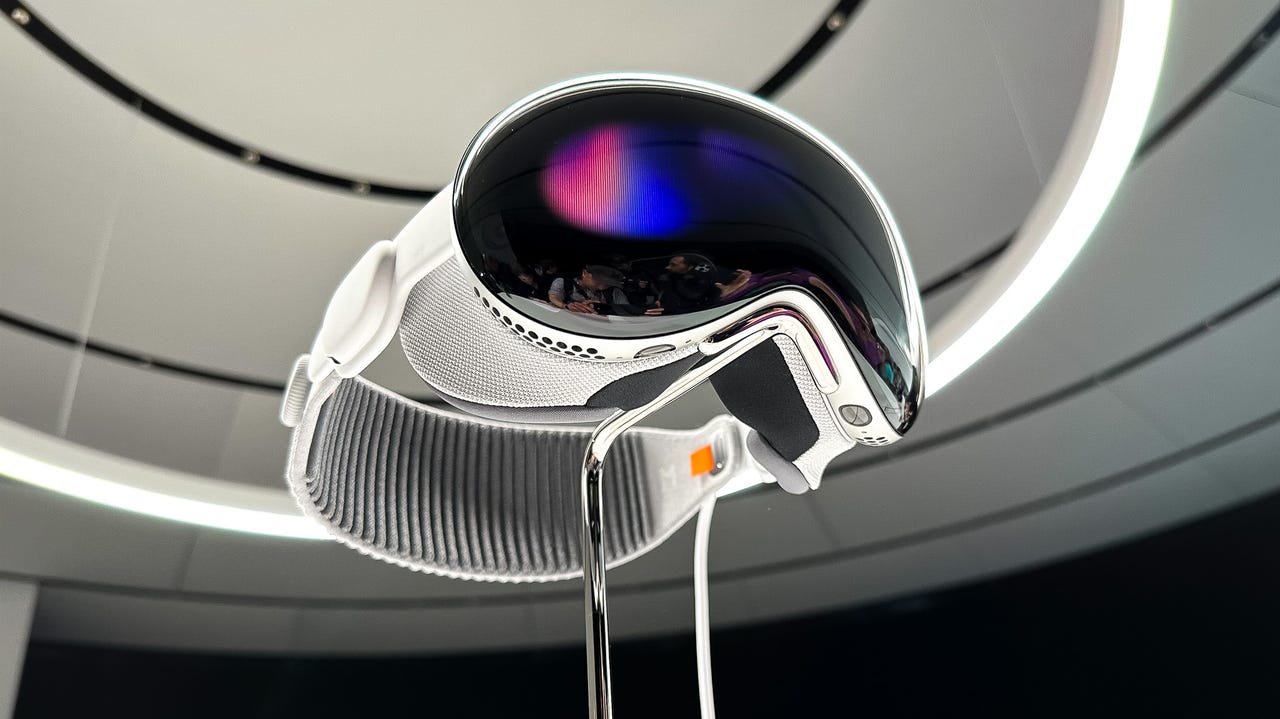Apple is limiting Vision Pro’s safety range for VR, and it’s smaller than Meta Quests’

Using VR experiences on Apple's $3,499 Vision Pro headset will be confined to a 10 feet x 10 feet guardian space, as raised by Hans Karlsson, chief technology officer of VR at Mimir, and supported by Apple's own documentation for VisionOS developers.
Also: Apple releases VisionOS SDK, developers can apply for Vision Pro hardware kit
According to both sources, virtual reality or immersive experiences on the Vision Pro will limit users to moving 1.5 meters (5 ft) forward, backward, left, and right. That means the guardian space, a digital boundary typically instituted in VR headsets to prevent users from interacting with obstacles like furniture and walls beyond the play area, will be confined to a 10 ft x 10 ft square.
If the Vision Pro user breaches the guardian space, it will automatically trigger the headset to stop the immersive experience and switch to the external, pass-through video. The biggest deficit with the confined play area lies with gaming and fitness, applications that require the user to move around and be less conscious of where they're standing.
Given the weight of the Vision Pro headset (about one pound, according to early testers), the nature of having a tethered battery system, and the lack of fitness and gaming demonstrations in the Vision Pro's initial promotion material, the limited activity space doesn't come as a surprise.
And with this being a first-generation product — a very expensive one at that — the last thing Apple would want is trending videos of users crashing into TVs with the Vision Pro on.
Also: Apple's rumored cheaper Vision Pro headset is still disconnected from reality
Also worth noting: The Vision Pro's guardian space is in line with HTC's Vive XR Elite, and smaller than Meta's Quest headsets which have a playing field of 15 ft x 15 ft. Of course, Meta's made a bigger push for gaming and fitness with its Meta Quests, whereas Apple spotlighted more on productivity, work, and communication services, with users sitting on sofas and FaceTiming from bedrooms, during its WWDC announcement.
Fortunately, much of the VisionOS experience, based on live demos and marketing material, revolves around augmented reality (AR), interactive visuals layered atop video feedback of your surrounding, so the spatial constraints may not be in place then. We'll have to see how everything unfolds when the headset launches next year.

